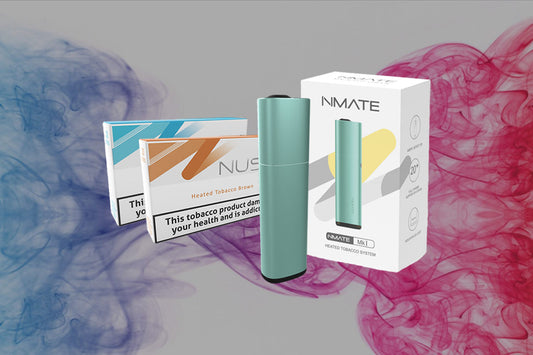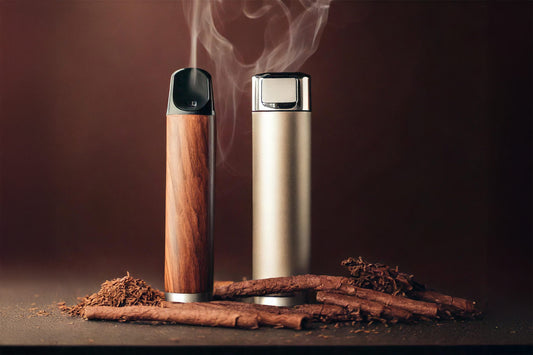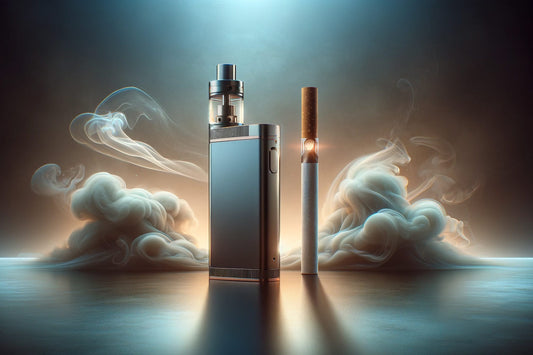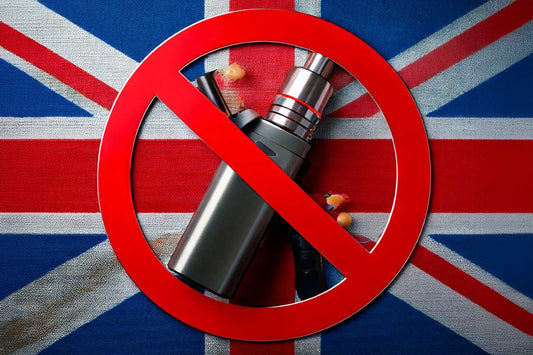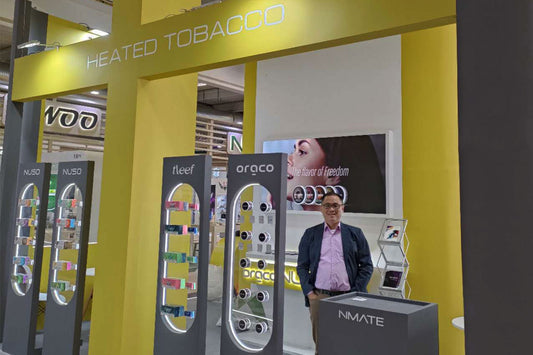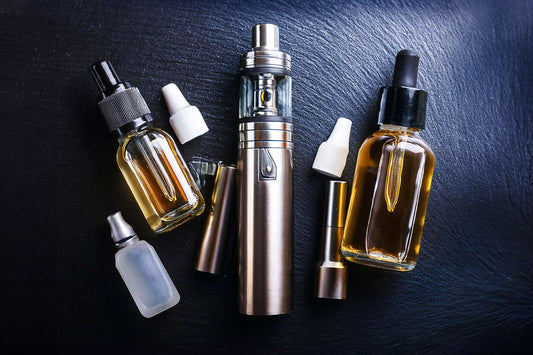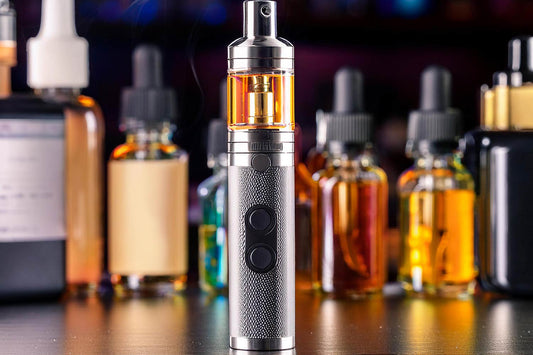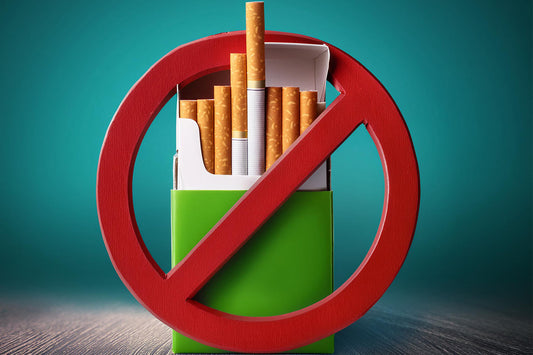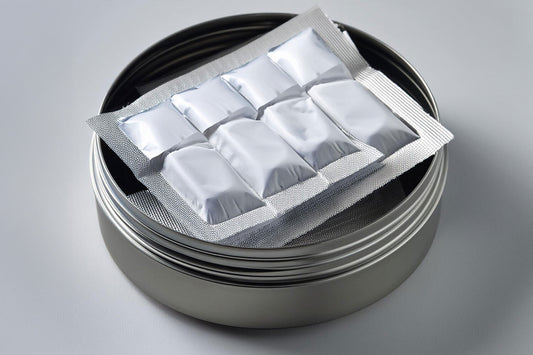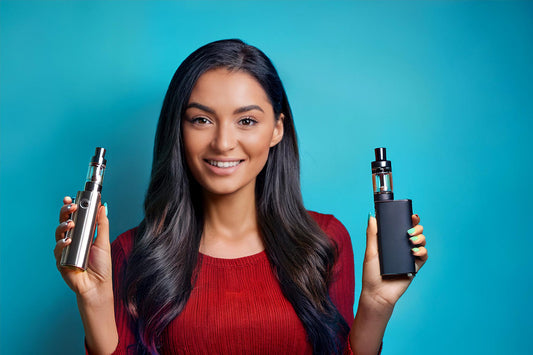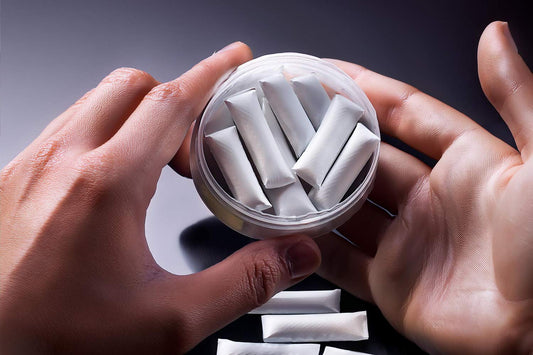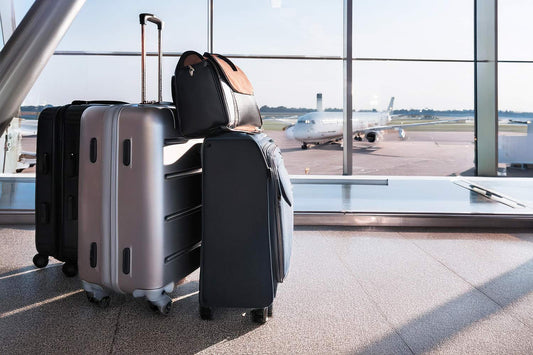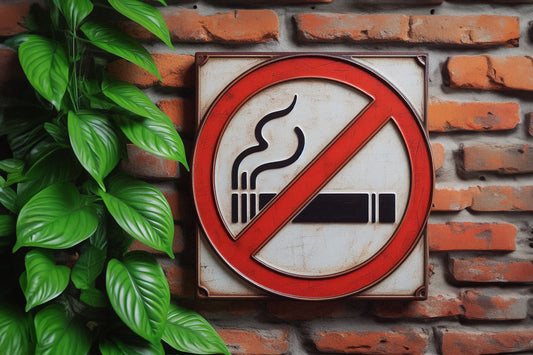Vaping has become a popular alternative to smoking, offering users a variety of options to personalise their experience. Whether you're new to vaping or a seasoned vaper, a common question arises: Can you use any liquid for your vape pen? The answer is no—using the wrong e-liquid can negatively affect your device’s performance and even pose safety risks. This blog will explore the different types of vape liquids, the importance of using the correct one, and how to take your e-liquid on a plane.
Types of E-Liquids
There are several types of e-liquids available, and each type is designed for specific devices. Understanding the different formulations can help you choose the right one for your vape pen:
-
Standard E-Liquid
This is the most common type of vape juice, typically available in a range of nicotine strengths and flavours. These liquids contain a balanced mixture of propylene glycol (PG) and vegetable glycerin (VG), making them compatible with most vape pens. -
Nicotine Salt (Nic Salt)
Nicotine salts are designed for a smoother nicotine hit, even at higher concentrations. These e-liquids are best suited for low-powered devices like pod systems, and not for high-powered vape pens. -
High VG E-Liquid
High VG liquids are thicker and produce large clouds of vapour, which makes them ideal for sub-ohm devices. However, they may not be suitable for vape pens with smaller coils, as the thick consistency can cause issues such as coil clogging. -
CBD E-Liquids
These are designed for vaping CBD (cannabidiol) rather than nicotine. They are formulated differently from regular e-liquids and should only be used with devices meant for CBD vaping.
Why You Can't Use Just Any Liquid in Your Vape Pen
Using an incompatible e-liquid with your vape pen can lead to several problems, such as poor performance or damage to the device. Here's why it's crucial to use the right liquid for your specific vape pen:
1. Coil Compatibility
Vape pens are equipped with coils that have different resistances. Standard e-liquids work best with higher-resistance coils, while high-VG liquids are meant for sub-ohm coils. Using the wrong e-liquid can cause your coil to burn out prematurely or reduce vapour production.
2. Nicotine Strength
Nicotine salt liquids contain higher concentrations of nicotine but provide a smoother throat hit compared to standard e-liquids. If you use nic salts in a high-powered vape pen, you might receive an overwhelming amount of nicotine, leading to dizziness or nausea. Always ensure that your vape pen is compatible with the type of e-liquid you're using.
3. Device Performance
Each vape device is designed with specific e-liquids in mind. Using a liquid that's too thick or too thin can result in leaking, reduced vapour production, or even coil flooding. High VG liquids, for instance, are too thick for most vape pens and can cause the coils to struggle with wicking the liquid properly.
4. Safety and Quality
Low-quality or unregulated e-liquids may contain harmful additives, which can pose serious health risks or damage your vape pen. Always choose reputable brands and check that the e-liquid is designed for your type of vape device.
How to Choose the Right E-Liquid for Your Vape Pen
To ensure a smooth and enjoyable vaping experience, follow these tips when selecting an e-liquid for your vape pen:
-
Check Your Device Specifications
Always refer to your vape pen’s manual for recommended e-liquid types. If you're unsure, seek advice from a vaping expert or check the manufacturer’s guidelines. -
Match the VG/PG Ratio
A balanced VG/PG ratio (such as 50/50 or 60/40) works well with most vape pens. However, if you’re using a sub-ohm device, a high VG liquid will produce more vapour, while higher PG liquids are better for a stronger throat hit. -
Consider Nicotine Levels
If you need a higher nicotine content, consider nicotine salts, but ensure your device can handle them. Regular e-liquids with nicotine levels of 3 mg to 12 mg are suitable for most standard vape pens. -
Prioritise Quality
Opt for high-quality e-liquids from reputable manufacturers. Poor-quality e-liquids can not only damage your device but also compromise your health.
Can You Take Vape Liquid on a Plane?
If you’re planning to travel by air and wondering whether you can bring vape liquid with you, the answer is yes—with some restrictions. Airlines and airport security follow specific rules for carrying vape liquids and vape pens, and it’s important to know these guidelines to avoid any issues.
1. Quantity Limitations
When flying, all liquids, including vape juices, must comply with the liquid rules for hand luggage. Typically, each container of e-liquid must be no larger than 100 ml. All liquids should be placed in a clear, resealable plastic bag, and the total amount should not exceed 1 litre.
2. Vape Devices in Carry-On Luggage Only
You are required to carry your vape pen or any vaping device in your hand luggage, not in checked baggage. This is due to the risk of battery-related incidents. You should also ensure that your device is turned off and, if possible, remove the battery to prevent accidental activation.
3. Check Airline Policies
While most airlines allow e-liquids and vape devices in carry-on luggage, some may have specific rules or restrictions. Always check your airline's vaping policy before flying.
4. Be Mindful of Local Regulations
In some countries, vaping is banned or strictly regulated. Research the laws of your destination to ensure that you won’t face any legal issues for carrying vape liquids or devices.
5. Avoid Leaks During the Flight
Due to cabin pressure changes during a flight, vape tanks and e-liquid bottles can leak. To avoid this, empty your vape tank before boarding and consider storing e-liquid bottles upright in a sealed bag.
Final Thoughts
In conclusion, you can’t use just any liquid in your vape pen—it’s crucial to choose the right type of e-liquid that matches your device’s specifications. Whether you’re using standard e-liquids, nicotine salts, or high VG liquids, understanding the differences and how they interact with your vape pen will help you avoid issues like coil damage or poor performance.
When it comes to travelling with vape liquids, make sure you comply with airline regulations to ensure a smooth journey. Stick to the liquid size restrictions, store your vape pen and liquids in your carry-on luggage, and research local vaping laws at your destination.

